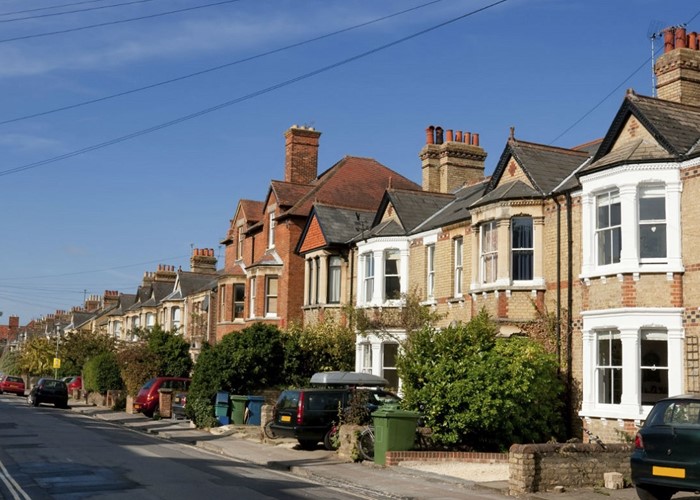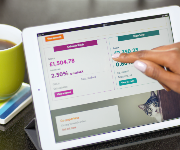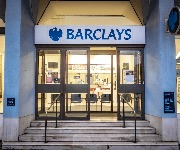Second charge mortgages: costs, how they work and when they could work for you

If you’re looking to carry out home improvements or consolidate your debts, and you don’t want to remortgage, then a second charge mortgage could be the perfect option.
Sections
How do second charge mortgages work?
Second charge mortgages are a way to borrow against your property that run alongside your existing mortgage.
Second charge mortgages work rather like first charge mortgages, in that you borrow a specific sum over a set term and then make monthly repayments in order to clear that debt.
There is one key difference, however. Rather than borrow against the value of the property, you instead borrow against the equity that you hold in the property.
Let’s take an example. I have a house worth £200,000, with a £150,000 outstanding mortgage.
If I want to take out a second charge mortgage, I’ll be borrowing against the £50,000 equity I hold in the property. In other words, the bit of the property that is mortgage-free.
If things go wrong and your property is repossessed, then the funds raised from the sale will first go towards clearing your outstanding mortgage, with anything left then going to pay off the second charge mortgage.
Are second mortgages popular?
There’s certainly been a striking increase in the number of borrowers opting for second charge mortgages in recent times.
Data from mortgage firm LoanWarehouse suggests Brits borrowed a whopping £1.71 billion via second charge loans last year, which is up 45% compared to 2021.
In other words, significantly more people are now making use of second charge mortgages.
Another factor here is the massive house price growth seen since the start of the pandemic.
Significant numbers of homeowners now have larger equity stakes in their properties, and as a result, are better able to take advantage of that through a second charge mortgage.
Why do people take out second charge mortgages?
There are two common reasons for homeowners opting for a second charge mortgage, both of which are seeing far more interest than usual at the moment.
The first is home improvements. If you want to build an extension or convert an attic into a new room, then you may not have the savings set aside to cover the cost of that work.
That means having to borrow some money, and you may not be able to raise enough through credit cards and personal loans. Instead, a second charge mortgage could work.
The other big driver of second charge mortgages is debt consolidation.
Some people may find they owe money across a host of different debts, and find keeping on top of the repayments ‒ as well as what they are actually being charged in interest ‒ tricky.
By combining them into a single debt, at a single rate of interest, it may make clearing that debt more straightforward.
Both of these drivers have seen a significant spike in recent years.
An awful lot of people opted to adapt their homes through the pandemic, so that they were more appropriate as a workspace for part of the week, while the financial shocks of COVID-19 caused some to take on additional debts in order to keep their heads above water, and they now want to get those debts under control by consolidating them.
The pros and cons of second charge mortgages
There are a few notable benefits to taking out a second charge mortgage, rather than remortgaging, if you need to raise funds.
If you opt to remortgage, then first and foremost you may have to pay an early repayment charge.
This is calculated as a percentage of the outstanding mortgage, so can easily run into many thousands of pounds.
What’s more, doing so means you give up your existing rate and have to apply for a new one.
That’s great if rates today are lower than when you took out your initial loan, but the reverse could easily be true.
In addition, as you are increasing the size of your loan, you may find that you fall into a higher loan-to-value band for a mortgage, which means that you’ll have to take on a higher interest rate.
All of those factors combined can make remortgaging in order to raise funds a pretty expensive method.
However, you don’t have to worry about those issues if you take out a second charge mortgage.
As you are borrowing against the equity you own in your property, your first mortgage is left untouched. As a result, there are no exit fees or interest rate jumps to worry about ‒ you simply carry on enjoying that initial rate until it reaches the end of its term.
There are some downsides to be aware of though. Second charge mortgages tend to come with slightly higher rates than you will get from a first charge mortgage, which is important to bear in mind.
That's because of the second charge mortgage sitting behind the original mortgage in the priority list in the event of a repossession.
In effect, the lender is taking a bigger risk lending to you, and as a result, wants to balance that out with a higher rate of interest.
What’s more, second charge mortgages are something of a specialist area of the market.
Not all lenders off them, so you will undoubtedly have a much smaller range of options to choose from than with a simple remortgage.
In fact, some second charge lenders only offer their deals through mortgage brokers. As a result, securing one may mean that you need to make use of an adviser, which will likely mean incurring an advice fee.
Where can I get a second charge mortgage?
While some mainstream lenders offer second charge mortgages, the fact is that some of the most competitive deals come from lenders you’ve probably never heard of.
What’s more, they often only offer their deals through a mortgage broker.
That means that if you want the best range of options, and some guidance on which lenders are most likely to be happy to offer you a deal, you’re best off speaking to a mortgage broker.
It’s worth noting that not all mortgage brokers actually deal with second charge mortgages directly themselves, but if they don’t, they should have partnerships with specialists in this area of the market who can help you find the right deal.
Most Recent
Comments
Be the first to comment
Do you want to comment on this article? You need to be signed in for this feature








